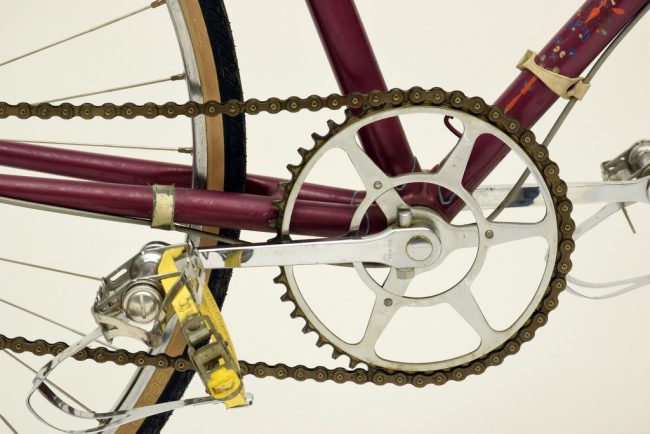The bicycle frame, with the passage of time, is increasingly exposed to more or less obvious damage and scratches. Contrary to what you can think of, the frame is not eternal!
Atmospheric aggression, falls, but also time diminish its strength and durability. According to some studies, a carbon fiber frame begins to show signs of failure after 100,000 km, one in steel resists up to 500,000 km.
Even if there are no obvious problems, it is best to periodically check the critical points of the frame. Usually this operation is implemented in spring and autumn, before and after the intensive use of summer.
What to look at specifically?
- Surface state of the paint: in case of steel / aluminum frame any surface scratches are not a concern. Beware though to the chromes, if they are rusty it means they are compromised. In the case of carbon fiber frames, even superficial scratches can be a symptom of something worse, such as an internal crack.
- Head tube: The ultimate exhaust point of the vibrations from the front wheel is perhaps one of the most exposed parts of the frame, so check there is no abnormal deformity. It is also important to check the part in contact with the fork.
- Bottom bracket box: surface cracks in this part of the frame may indicate an impending rupture. Also try moving the crank/pedal arm to check the presence of potential crunches.
- Seat tube: Another of the most problematic areas of the chassis. Check if there are drafts and if the fixing system is still intact. So try to remove the saddle to see if it slips off easily or not.
- Seat stay and Forks: they must not have strange creases or cracks and must have both the same curvature. It is necessary to make sure that the wheel rotates freely without touching the seat tube abnormally.
- Handlebar: If the handlebar is stressed, it must not bend or cause abnormal crunches.
